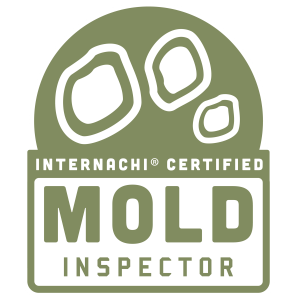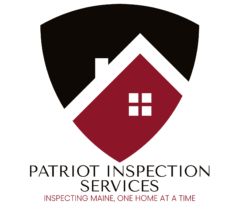Schedule your appointment today by calling (207) 924-2211 Or, email us at skip@patriotinspectionservices.com
Water Quality Testing You Can Trust
Safe, clean water is essential to your health. We offer professional water testing services to help ensure the water in your home is free from harmful contaminants.
Our testing options range from basic screenings for bacteria and E. coli to more comprehensive panels that detect arsenic, copper, iron, manganese, pH levels, and water hardness.
Whether you’re concerned about your well or just want peace of mind, we’ll help you choose the right testing package for your needs.
Mold and VOC Testing for Healthier Indoor Air
Indoor air quality plays a vital role in your health. Poor air can lead to allergies, asthma, respiratory issues, and other chronic conditions. We offer professional mold and VOC testing to help ensure your indoor environment is safe and healthy.
Factors that impact indoor air quality include:
-
Ventilation: Poor airflow can trap pollutants and allergens.
-
Humidity: High moisture encourages mold growth; low humidity can cause respiratory irritation.
-
Pollutants: Dust, pet dander, pollen, and chemicals from household products all affect air quality.
-
Temperature: Comfort and air quality are closely linked.
-
Outdoor Air: External pollutants can enter through open windows and doors.
VOC Testing
Volatile Organic Compounds (VOCs) are harmful chemicals that can impact your health. Our VOC testing measures their levels in your home and helps identify any concerns.
Mold Testing
Mold is natural outdoors but should be avoided indoors. We collect air samples and, when necessary, surface samples to detect hidden mold. Lab analysis identifies the types of mold present and whether they could pose health risks.
Health Risks from Mold Exposure
Mold can cause allergic reactions, asthma attacks, and respiratory irritation. Symptoms include sneezing, runny nose, red eyes, skin rash, and lung irritation. Some molds may even produce toxic substances. If you are experiencing health issues, indoor mold could be a contributing factor.
Our Mold Inspection Services:
-
Complete Mold Inspection: Full home assessment, three air tests (with two outdoor controls), and surface sampling if visible mold is found.
-
Limited Mold Inspection: Focused testing of specific areas of concern.
We deliver clear, lab-tested results and are here to answer any questions you may have.
Concerned about your indoor air quality?
Contact us today to discuss mold and VOC testing options!

